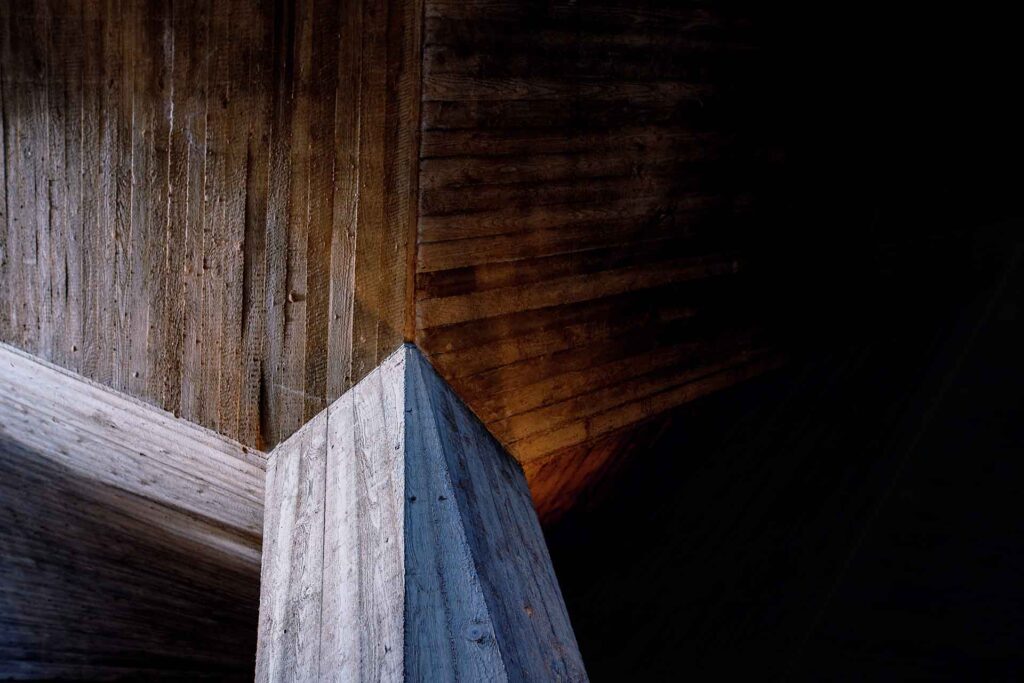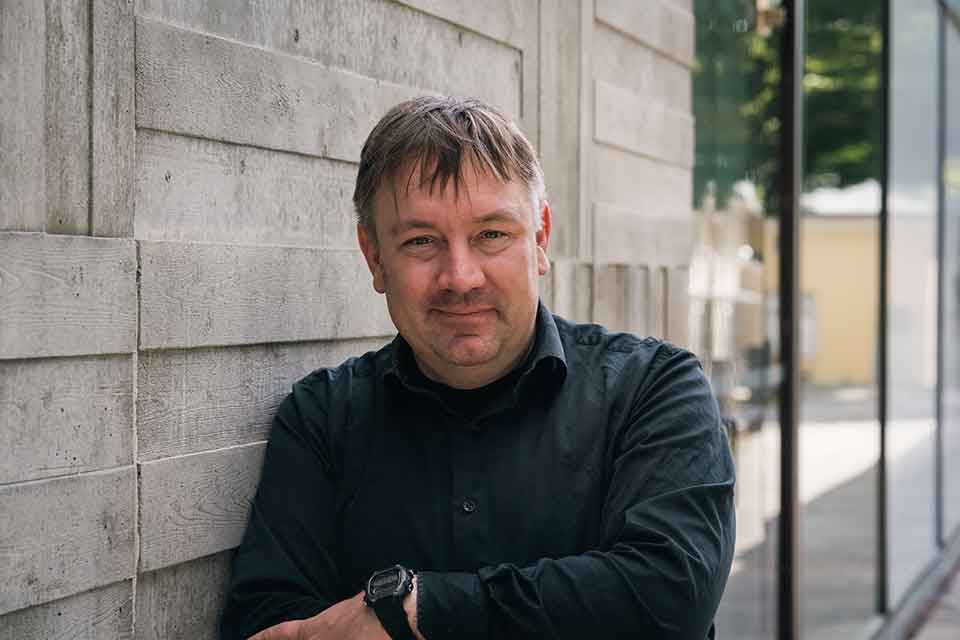Beauty or the beast – the many faces of concrete brutalism
14.11.2022

Most Brutalist buildings are designed from the inside out, so to speak. These buildings cannot be viewed – let alone understood – only from the outside. Few architectural styles arouse as strong emotions as Brutalism. The loved and hated style of concrete building has left its mark on original buildings around the world, not least in Finland. The Sibelius Museum, today part of the Åbo Akademi University Foundation, was designed by Woldemar Baeckman and completed in 1968. The museum building with its unique concert hall is one of Finland’s most appreciated Brutalist buildings.
Many people associate the large, grey, geometric, concrete buildings of Brutalism with Soviet architecture, dystopian landscapes and the film A Clockwork Orange. The style has been criticised by many, including British monarch King Charles III. In 1984, the then Prince of Wales described Brutalist buildings as “concrete stumps” and said their architects had done more damage to the London skyline than the Luftwaffe did in the Second World War.
In the post-war period, attitudes were different. The term Brutalism came about in the 1950s to describe a new style of architecture characterised by simple lines, untreated concrete surfaces and large, functional spaces. The economic boom in the wake of the Second World War increased the need for urban housing and blocks of flats. Reinforced concrete elements began to be produced industrially, and modern Brutalism came to symbolise the new welfare state. The term “Brutalism” came about after Swiss architect Le Corbusier used the expression béton brut (raw concrete) in 1952. It was further popularised when Reyner Banham’s essay “The New Brutalism” was published in The Architectural Review in 1955. The word “Neo-Brutalism” had been used for the first time as early as 1949 by the Swedish architect Hans Asplund to describe Villa Göth in Uppsala.
Brutalism in Finland
Brutalism is considered to be a branch of Modernism. While Functionalist architects placed great value on smooth plastered walls and a few well-thought-out details, what thrilled the hearts of Brutalist architects was untreated concrete that bore the impression of its shuttering boards and featured furrows and knotholes. Both styles shared a focus on functional solutions and a lack of excess detail.
Brutalism was relatively popular in 1960s and 1970s Finland, but one cannot say that all the concrete buildings dating from this period are automatically Brutalist. Many buildings in Finnish suburbs were built quickly as the industrial manufacture of concrete elements took off. Many of the Brutalist buildings are in poor condition today. To some extent, this is due to an early lack of understanding of concrete as a construction material, but also to a lack of appreciation by the general public.
Historically valuable architecture should be preserved

On the other hand, Brutalism also has its passionate defenders. One of them is researcher and non-fiction writer Mikko Laaksonen who is currently working on a book project about Brutalism in Finland. Laaksonen is conducting a survey of Brutalist buildings and interviewing contemporary architects who are still alive. From Turku himself, Laaksonen is not an architect but an art researcher and author. His previous works include books about Erik Bryggman and Pekka Pitkänen and the architecture guide to Turku, Turun seudun arkkitehtuuriopas written with Juri Nummelin.
Chapel of the Holy Cross in Turku
Laaksonen’s interest in Brutalism was awakened at a young age. His enthusiasm is still evident as he talks about Turku’s architectural highlights, the Chapel of the Holy Cross and the Sibelius Museum. According to Laaksonen, there is something temple-like about the museum, and a kind of Japan-inspired aesthetic can be seen, not least in the atrium garden.
“The Sibelius Museum is like a unique jewel among the nearby Empire-style buildings. The contrast between the historic site and the Modernist architecture also contributes to the unique atmosphere,” says Laaksonen.
Many of the Brutalist buildings are characterised by a simple, geometric exterior.
“Most Brutalist buildings are designed from the inside out, so to speak. For example, the Chapel of the Holy Cross is quite bland on the outside. These buildings cannot be viewed –let alone understood – only from the outside.”
Laaksonen has no difficulty choosing his favourite thing about the building:
“I think the most beautiful part of the Sibelius Museum is the Sibelius Hall itself. The hall also works well as a space for public speaking. In other words, as well as being architecturally impressive, it is functionally impressive too.”
Laaksonen would like more people to appreciate the unique beauty of Brutalism:
“Modernist architecture, including Brutalism, involves more than just the architecture of Bryggman and Alvar Aalto, and it constitutes internationally valuable cultural heritage.
Unfortunately, in today’s Finland, several Brutalist buildings are under threat of demolition. I think the cultural heritage of Finnish Modernism is at least as important as Sibelius’ music and must be preserved,” Laaksonen concludes.
Famous brutalist buildings in Finland
- The Holy Cross Chapel, Turku – Pekka Pitkänen, 1965–1967
- Tapiola Church, Espoo – Aarno Ruusuvuori, 1965
- Hotelli Mesikämmen, Ähtäri – Timo and Tuomo Suomalainen, 1976
- WeeGee Exhibition Center, Tapiola, Espoo – Aarno Ruusuvuori, 1964–1967
- Dipoli, Otaniemi, Espoo – Reima Pietilä and Raili Paatelainen, 1966
- Urdsgjallar, Otaniemi, Espoo – Kurt Moberg, 1966
- Haukilahti Water Tower, Espoo – Erkko Virkkunen and Ilmari Hyppänen, 1968
- Hyvinkää Church – Aarno Ruusuvuori, 1961
Text: Annika Welling-Nyberg
Photo: Nawras Odda, Timo Jakonen, Annika Welling-Nyberg